Will More Recognition Make Palestinian Statehood A Reality?
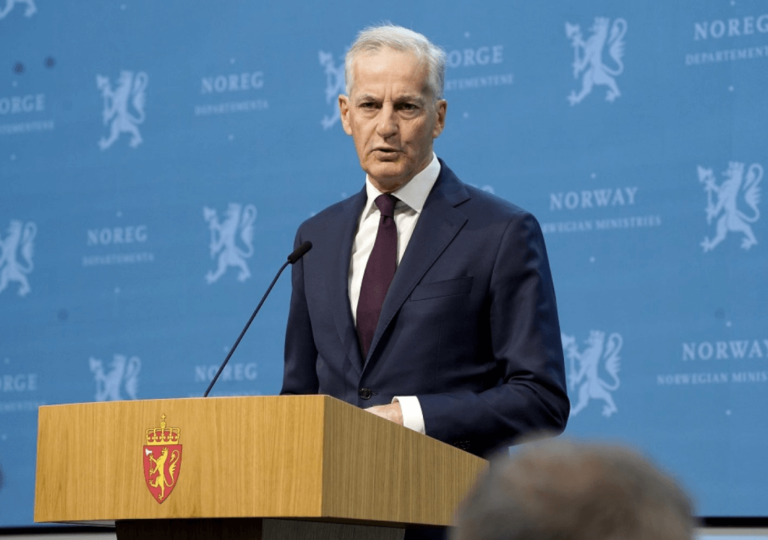
Three European countries recognize Palestine, challenging Israel's stance on the conflict.

Three European countries recognize Palestine, challenging Israel's stance on the conflict.
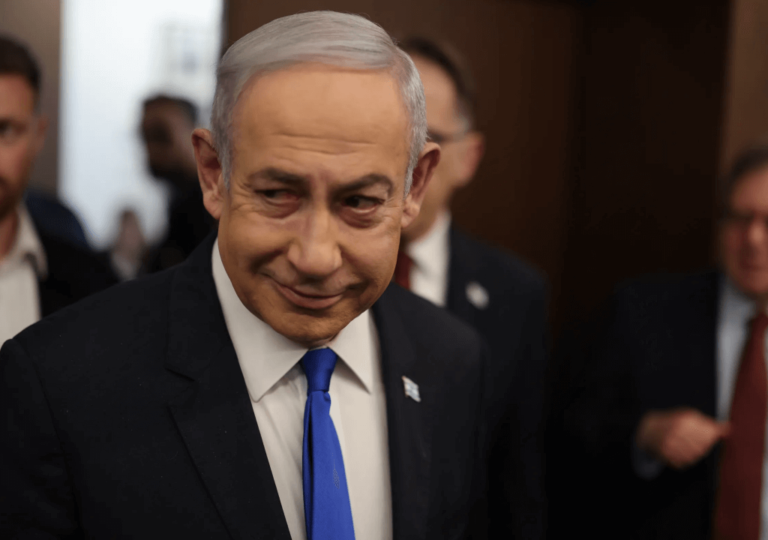
ICC demands arrest of Israeli leaders for war crimes in Gaza, sparking global debate and potential sanctions.
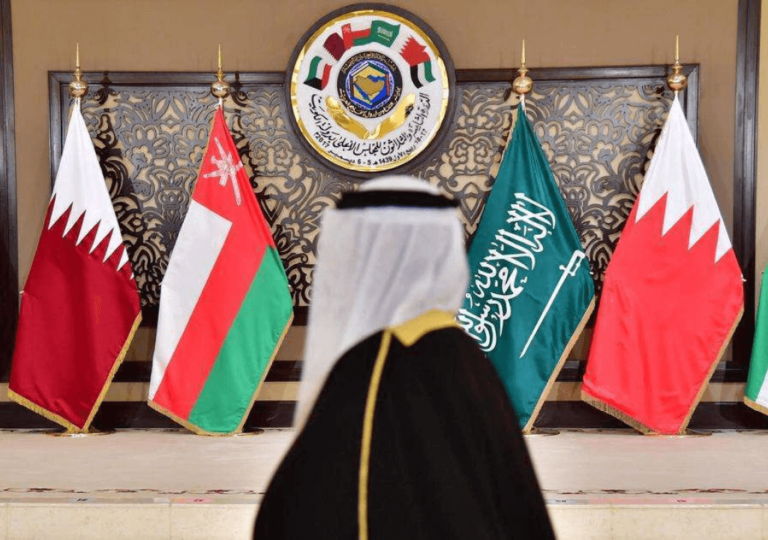
Amid trade wars, the EU's single market models economic cooperation, inspiring others like the Gulf Cooperation Council to form unified markets and compete globally.
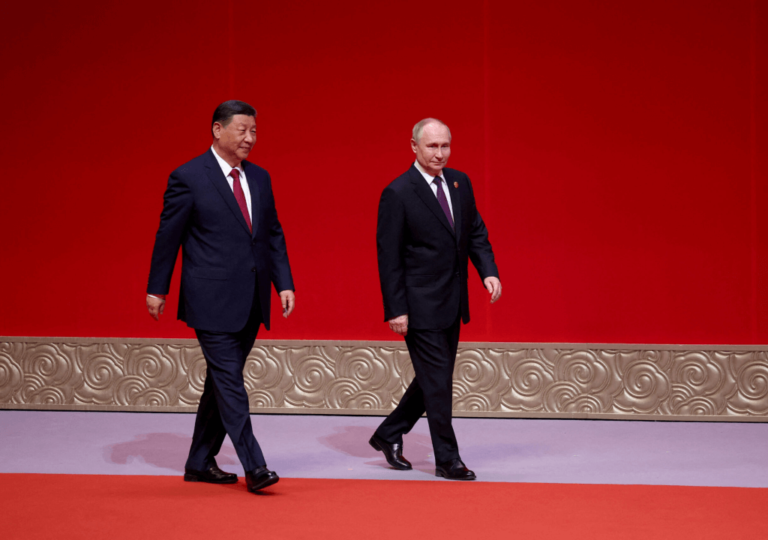
Putin and Xi showcase their "no-limits" friendship as Russia's isolation grows, with China gaining a strong ally and access to Russian markets.
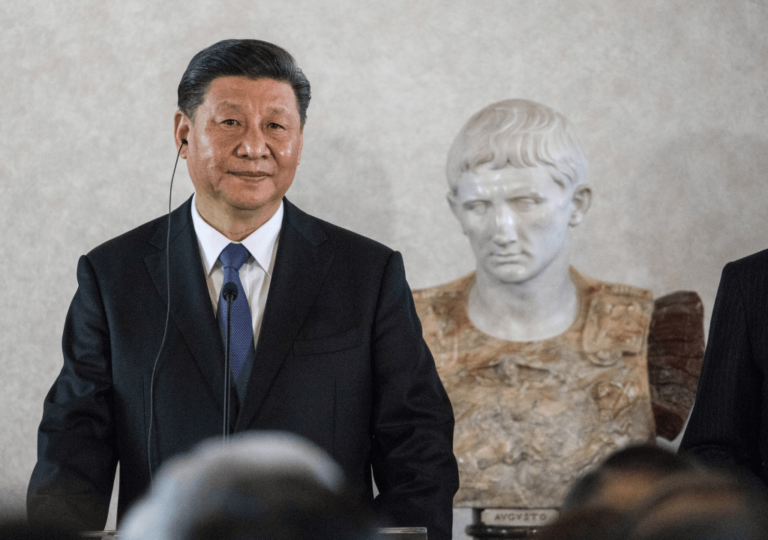
Chinese President Xi Jinping's visit to Europe amid trade tensions and Ukraine crisis. Focus on tariffs, trade agreements, and geopolitical dynamics.
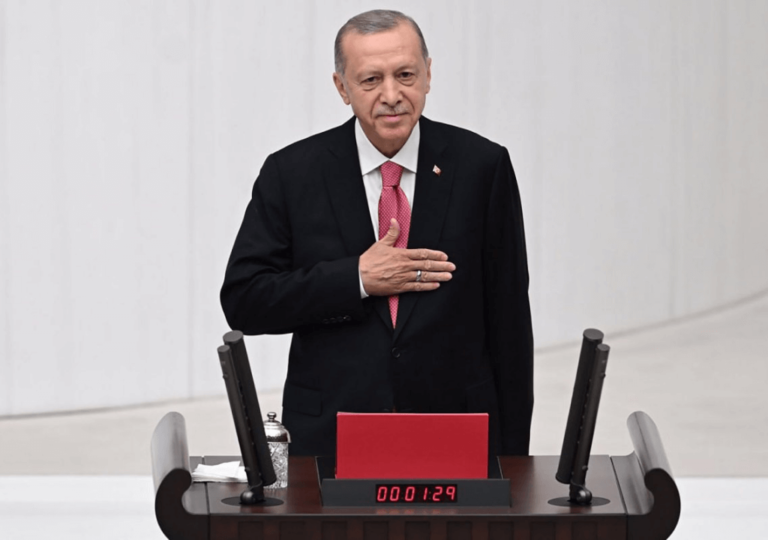
Turkey halts trade with Israel, a bold move against Israel's actions in Gaza, as Erdogan seeks political gain.
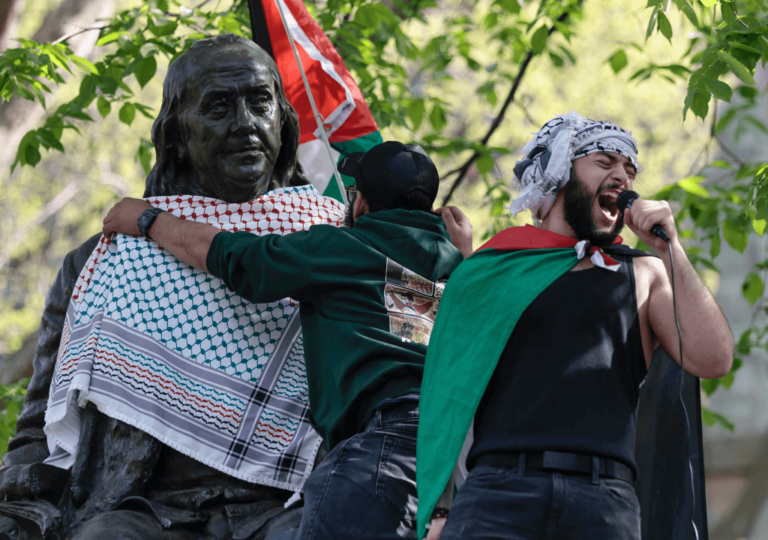
Global Muslim solidarity for Palestine, seen in rallies and protests worldwide, reflects shifting dynamics. Western nations show heightened support, contrasting with subdued responses in the Middle East and South Asia.
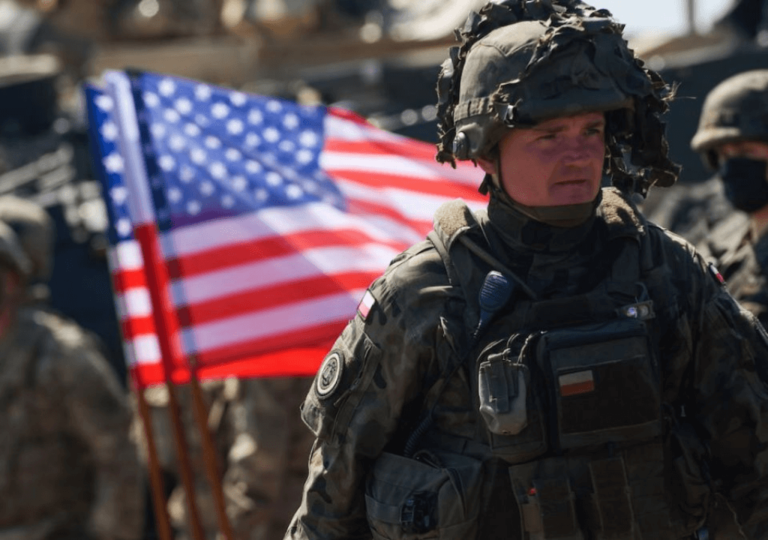
US, Japan, and South Korea conduct joint drills near China, while US and allies dominate South China Sea exercises.
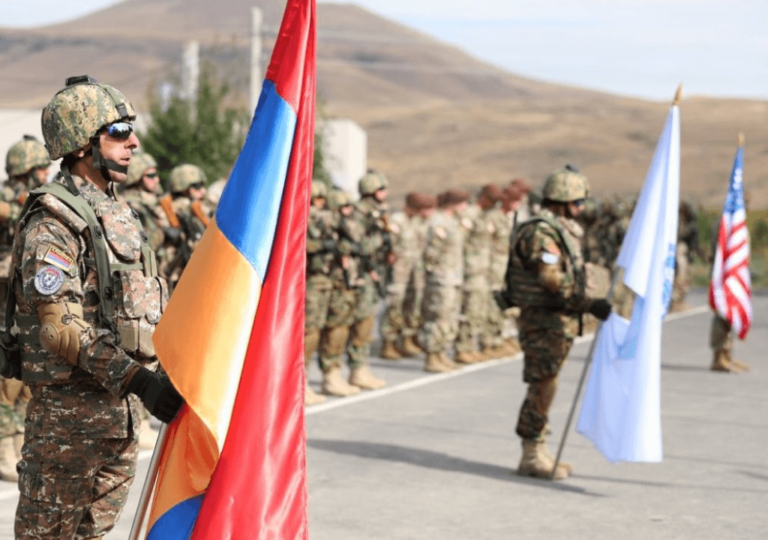
Armenia's loss in the Nagorno-Karabakh conflict led to a shift in alliances towards the West, with the US and EU offering significant aid. This move, while not aimed at severing ties with Russia, signals a potential strain in Armenia's relationship with its historical ally.
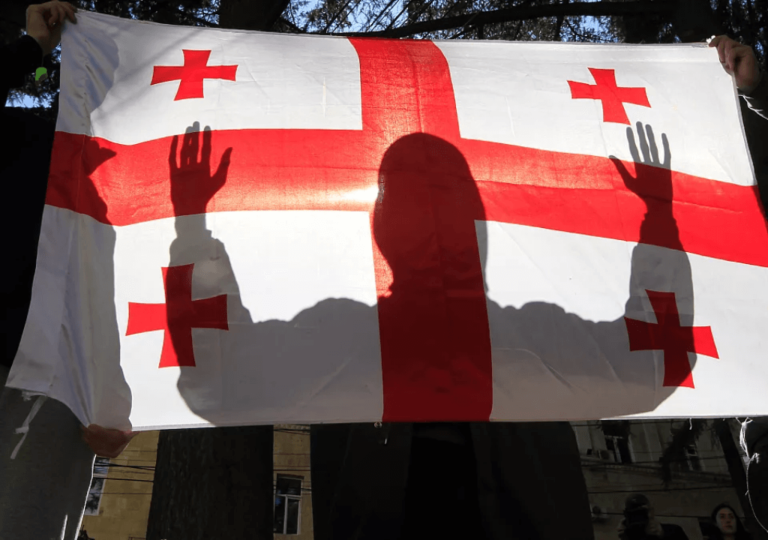
Georgian Parliament Passes Controversial Foreign Agents Bill; Protests Erupt: Georgia's parliament passes a bill requiring foreign-funded media and NGOs to register as "foreign agents," sparking protests and EU criticism. The bill contradicts democratic reforms needed for EU membership.